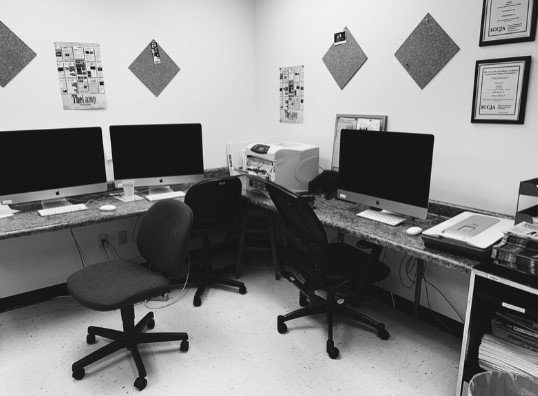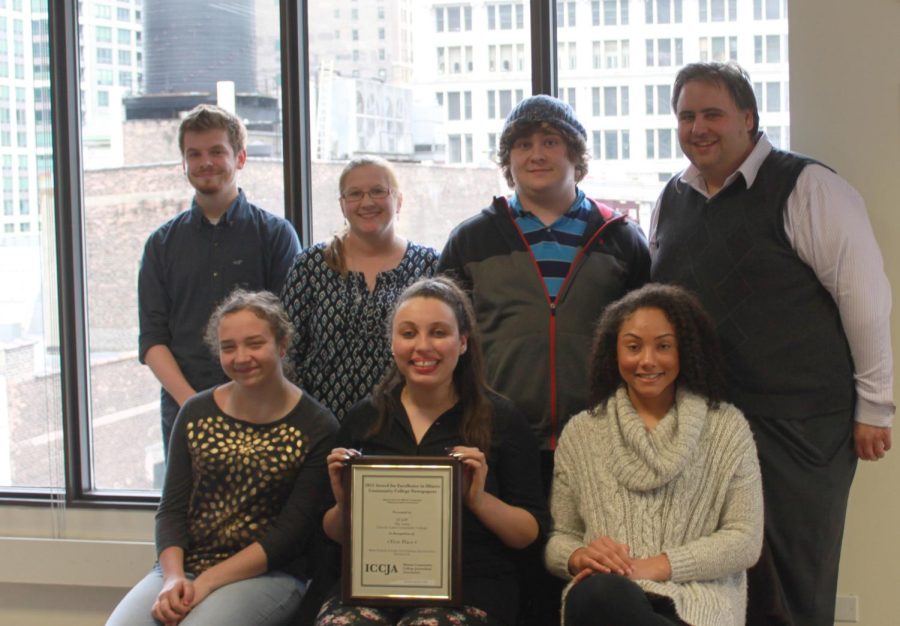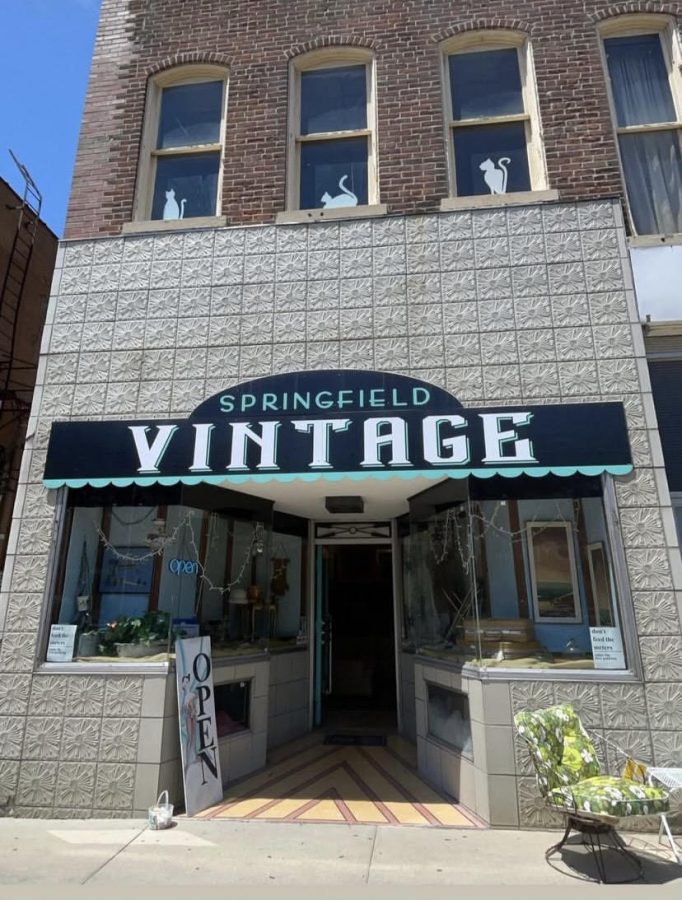By Teresa Brummett
Online Editor
There is an island off the coast of Japan known as “Rabbit Island.”
It used to be Okunoshima, but became Us Agi Jima, which means “Rabbit Island”.
Back during World War II, the island was used secretly for chemical weapons production. More than 6 kilotons of poison gases were made there.
Although several gases like mustard gas and tear gas were produced, the most common gas that was produced was a type of sneezing gas. But, don’t let the simpleness of the word “sneezing gas” make it sound better than it actually was.
First it should be said that these poisonous gasses were tested on rabbits. When tested first the rabbits would start sneezing. Then they would have convulsions, then vomiting and eventually death.
About 6,500 people worked there, and although they wore gas masks, rubber suits, boots and gloves, the gasses still penetrated the gear.
When the factory finally closed people were told to keep quiet as they buried, burned or dumped the gasses that they had created.
Years later, settlements were offered to the workers for injuries, with the most common ones being skin, eye and throat problems.
Although this sounds like a sad story, it has a happy ending. Or it should be called “fuzzy ending”.
After all the years of using the rabbits for testing, they didn’t know what to do with the ones that were still alive. So they left them.
In 1988, the two room building, where they produced the gasses, was changed into a museum There is also one hotel on the island.
Tourists come to see the more than over 300 rabbits roaming around the island, which are harmless to visitors. Rabbits will come up to people wanting food. Sniffing at ones feet and then taking off as soon as they find out there’s no food.
It’s not a very large island. The coastline runs only 1.5 miles long.
When visitor Stephanie Broekarts came for a visit, she remembers coming into the hotel, where she found a gift shop, receptionist desk and zero other guests.
It had taken her 2 hours and 10 minutes one way to get to the island and cost her twelve dollars. And she said it was worth every penny.
Broekarts who at the time was a college student in Kyoto, Japan, visited in 2013 when she had heard about it on one of her many travels. She knew she had to go there since she loved bunnies.
After she decided to take a walk she bought some food. Which cost her $1. She explained that everywhere she went there were bunnies. Following her and coming right up to sniff at her feet.
On one of her many walks on the island Broekarts was advised to stay on a path as she walked because the island was never decontaminated. It didn’t take her long to get to one place to another but she said that she had entered one building she commented saying, “I entered but after just a few minutes it creeped me out so I ran out of there.”
It was the building where the poison gas had been produced.
Today more than 100,000 people visit “Bunny Island” each year. There’s now a tennis court, camp grounds, playgrounds, a golf course and beaches. But most visitors come for the bunnies.
Tourists will lie down on the ground and toss food on themselves to feed them. And the bunnies do so gracefully as they hop up to eat.
Broekarts says she had so much fun after seeing more than 100 bunnies on her visit she said she’d love to come back some day.
And believe it or not Rabbit Island isn’t the only island around Japan that has an overabundance of animals.
There’s a Fox Island and a Cat Islannd, where people protect the cats because they are believed to bring wealth and good fortune.
Teresa Brummett can be reached at [email protected].






